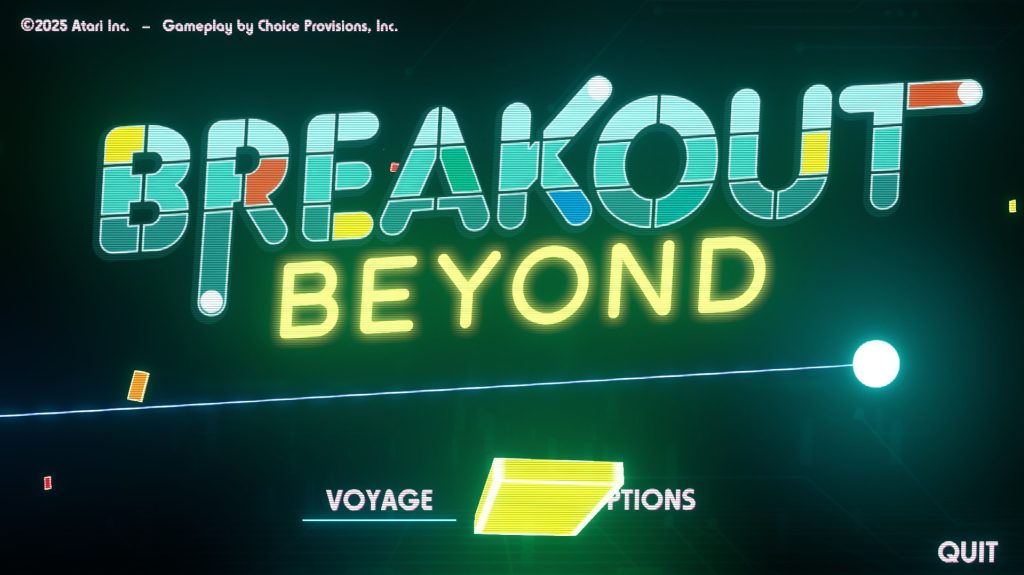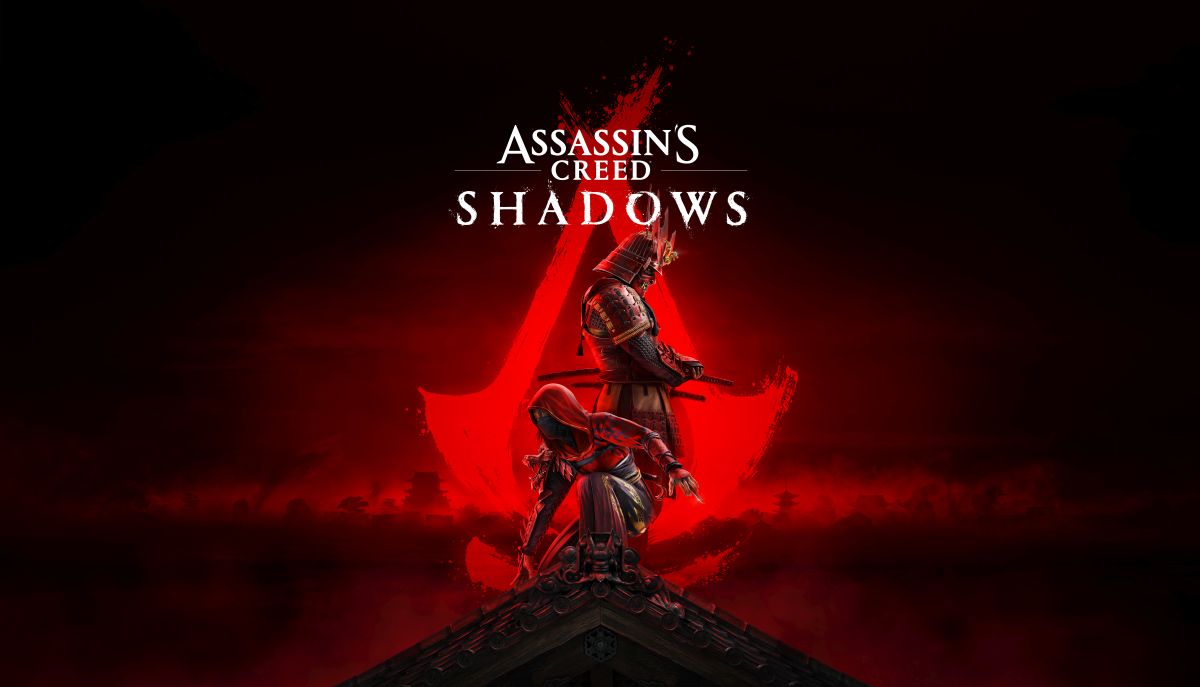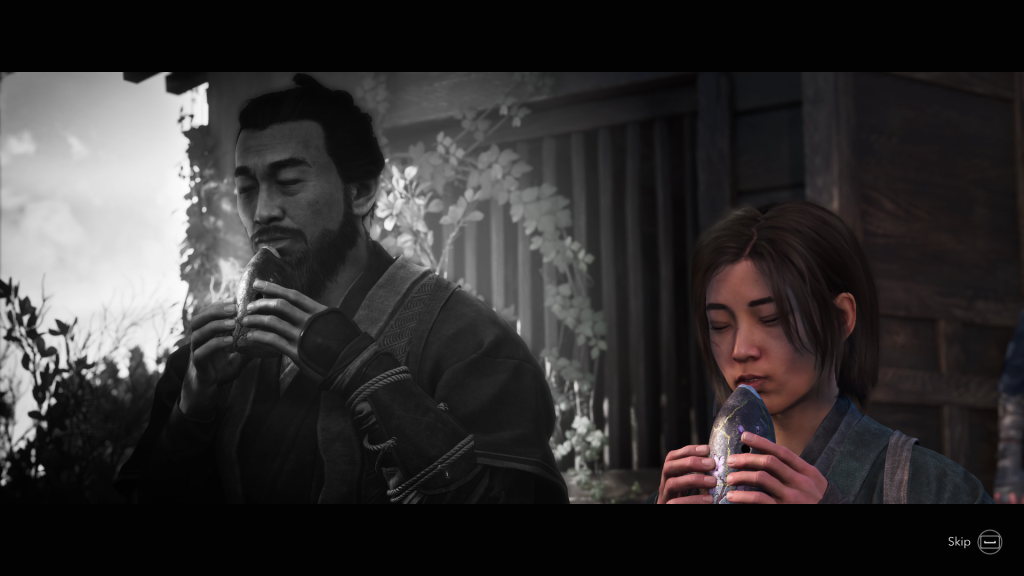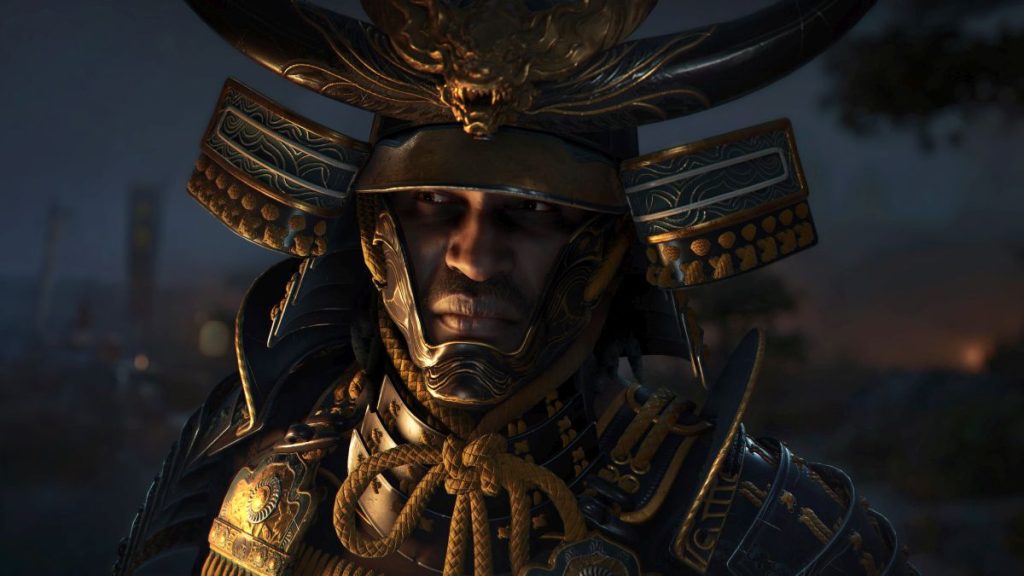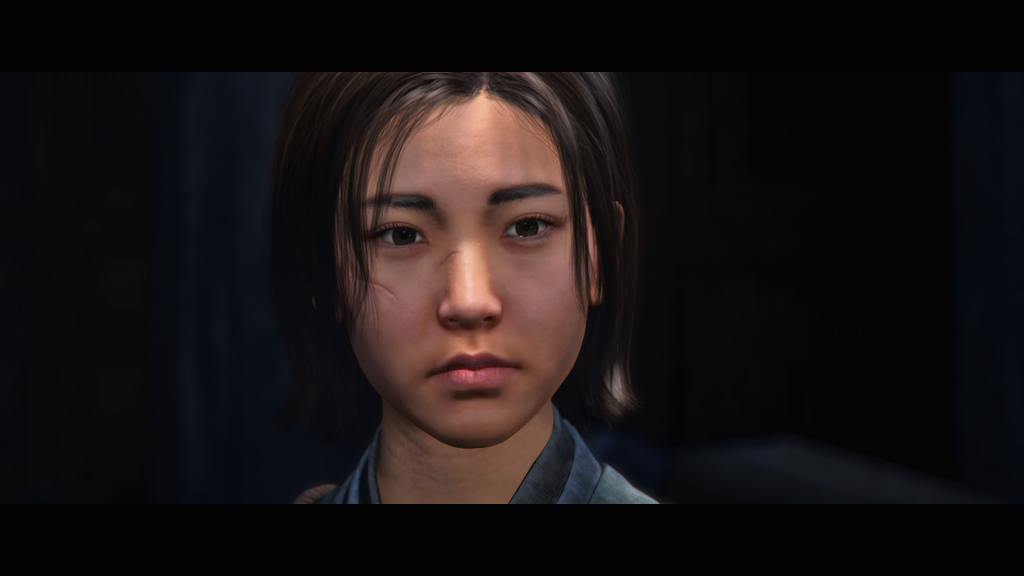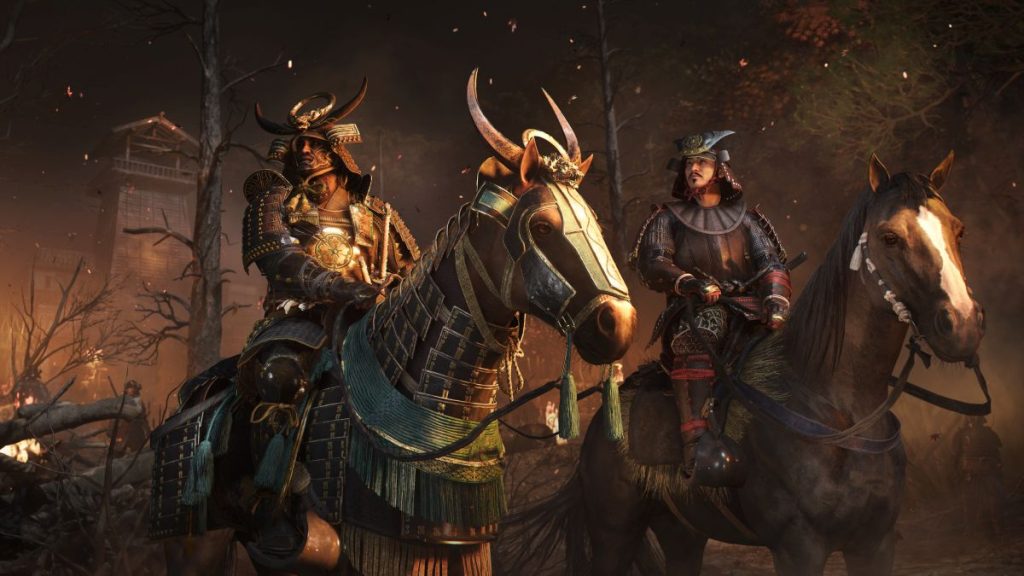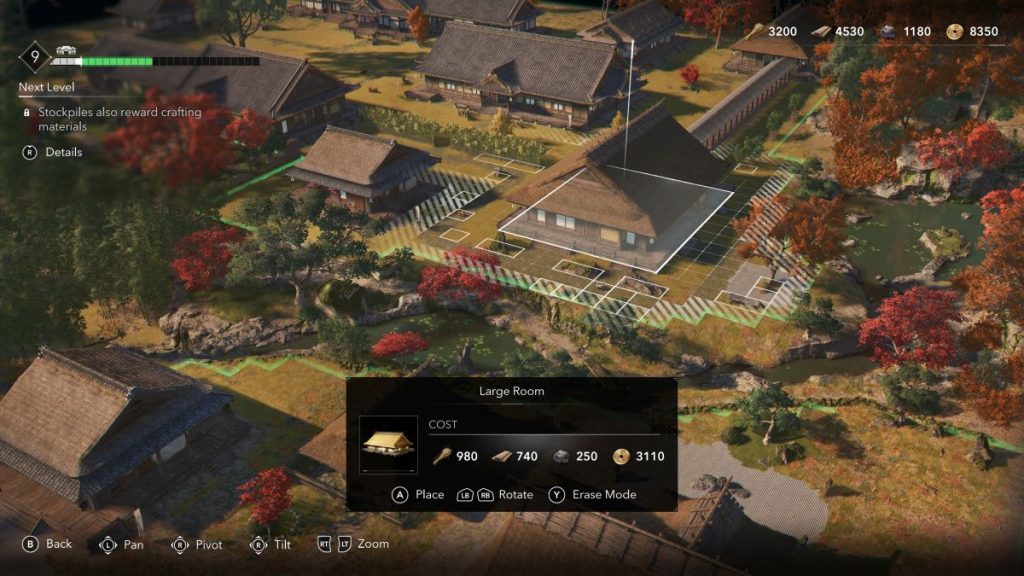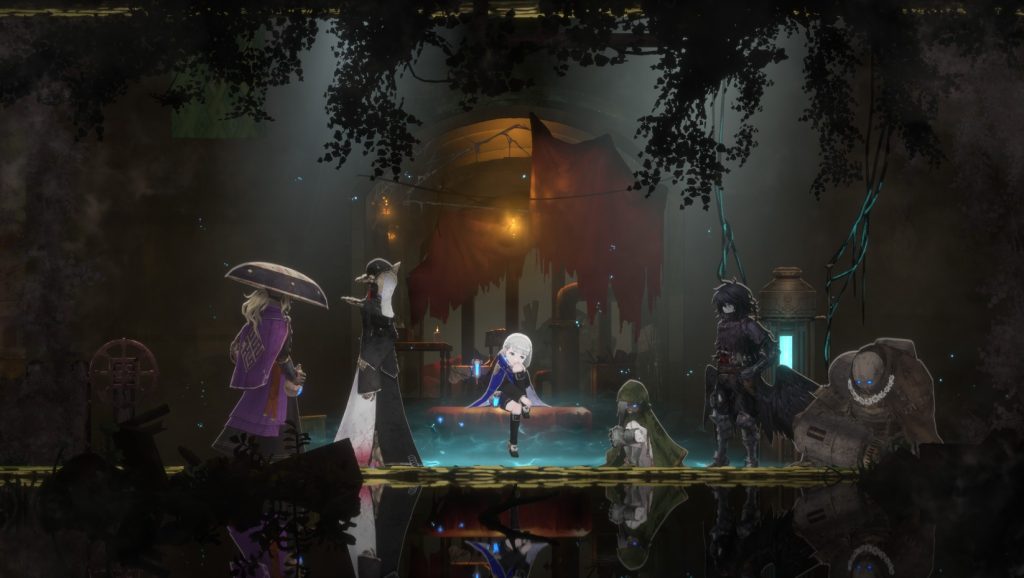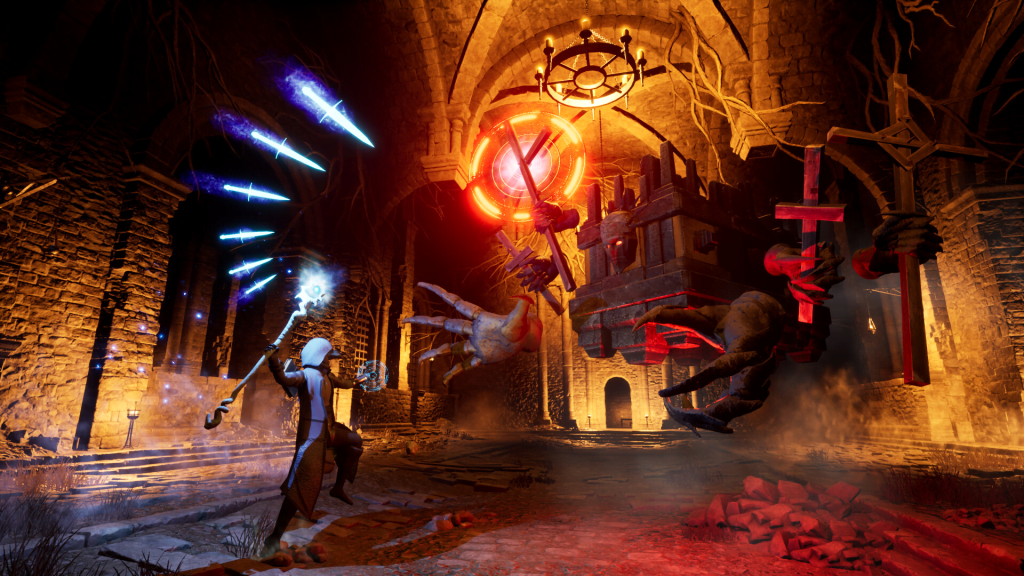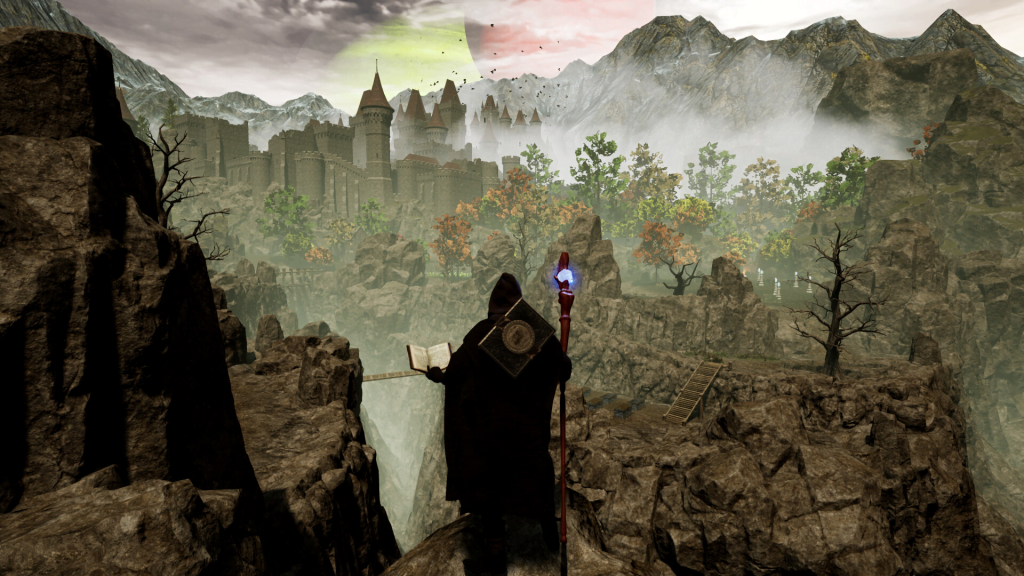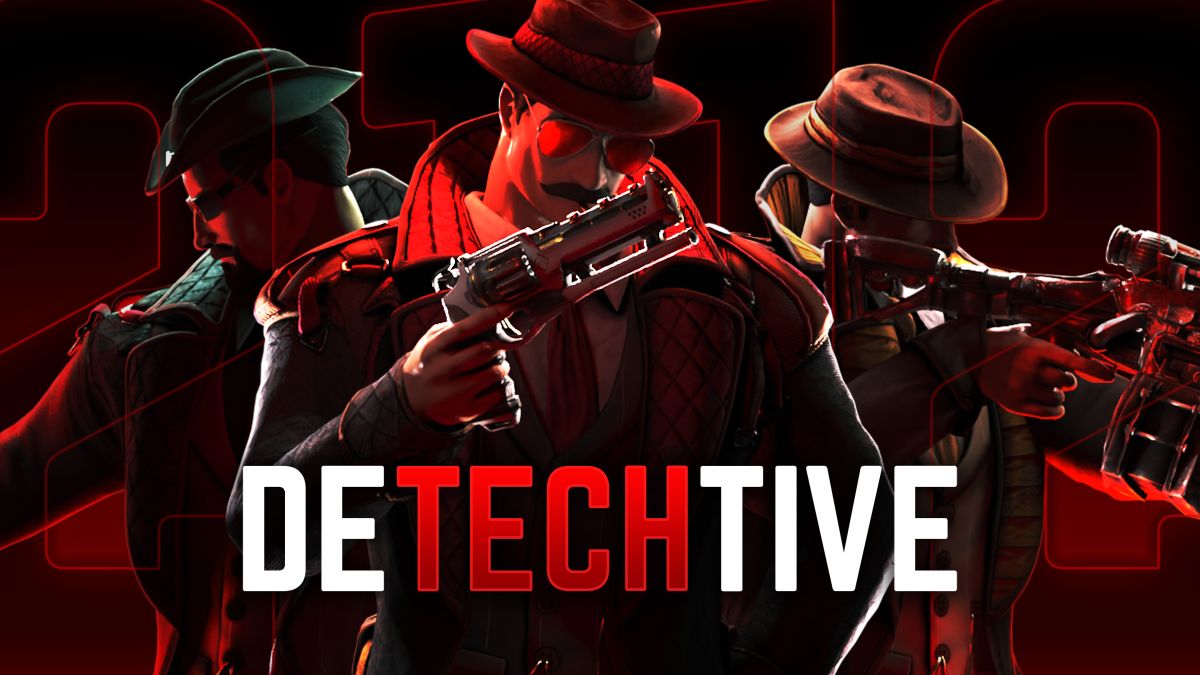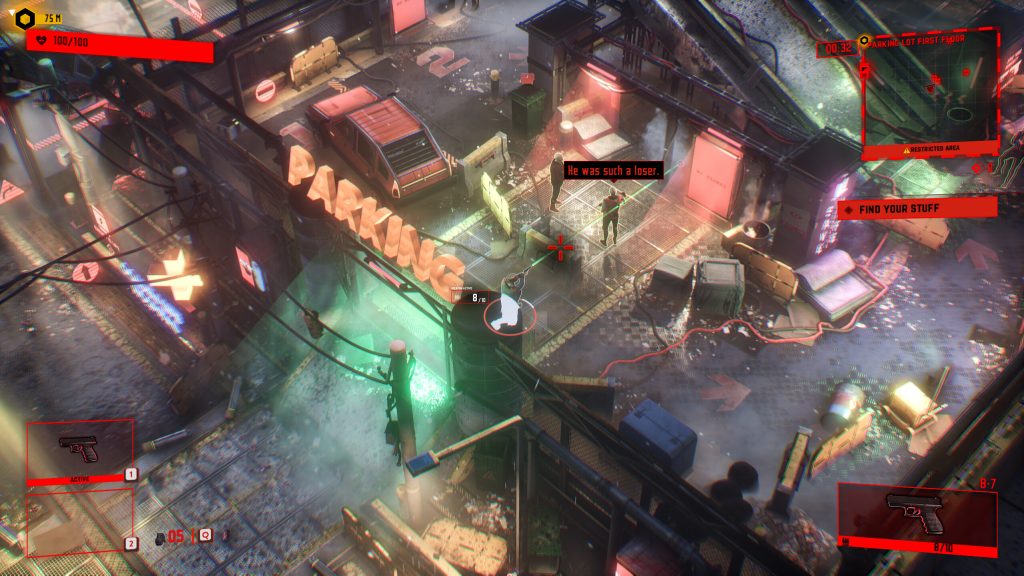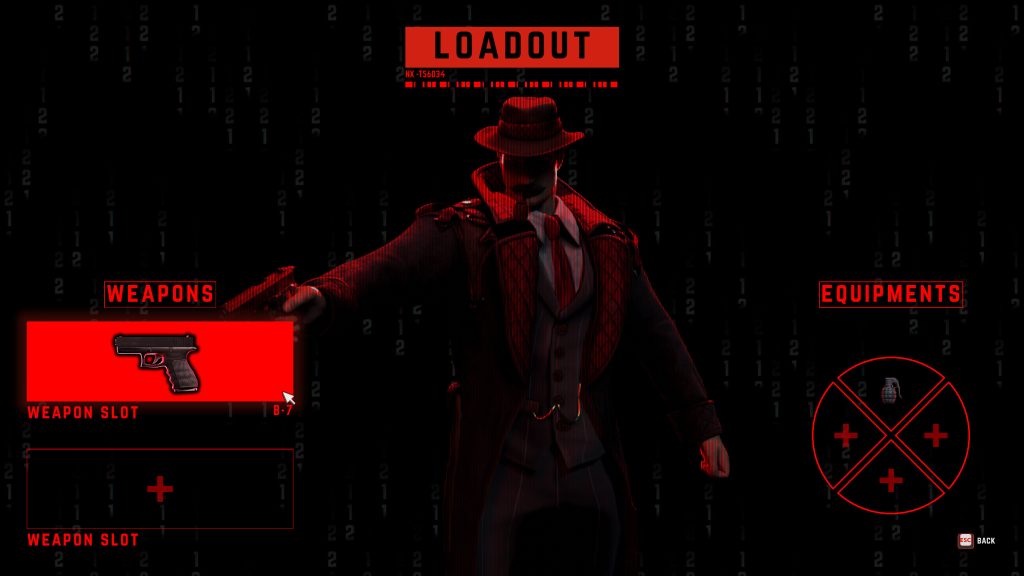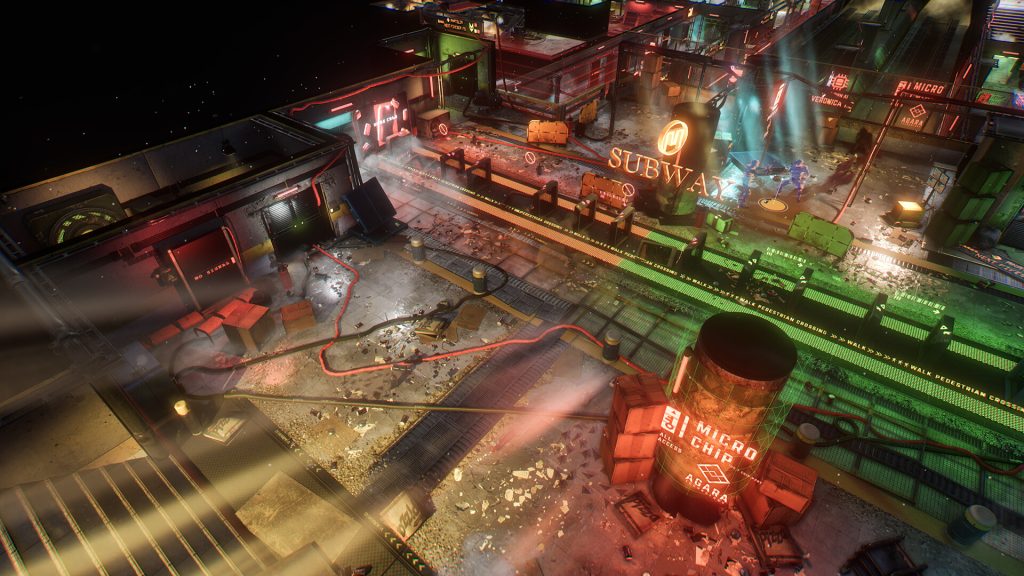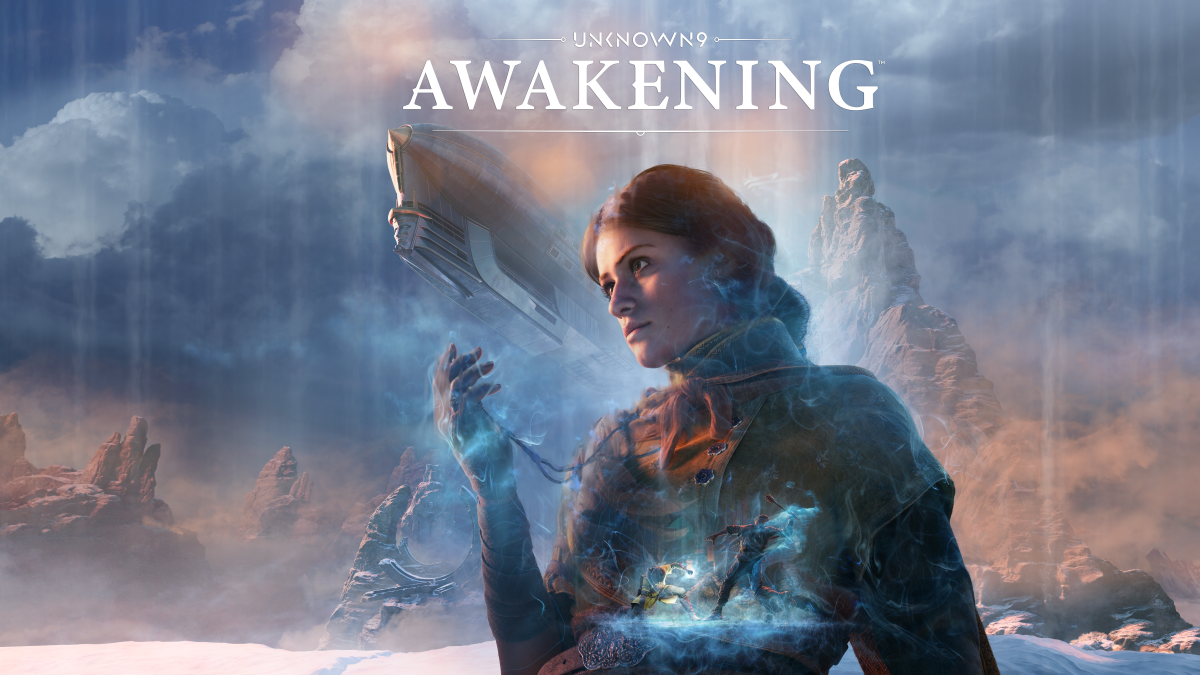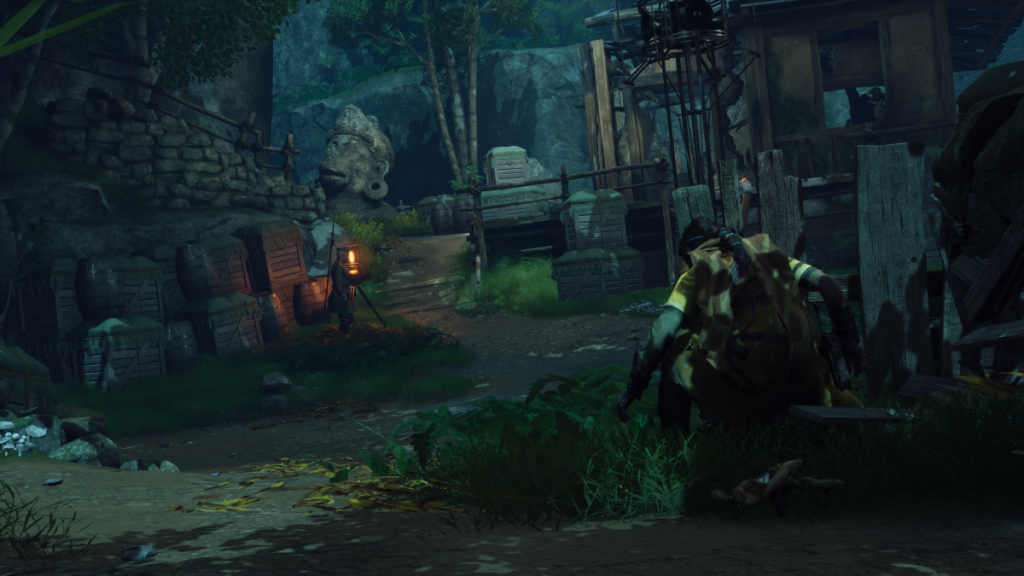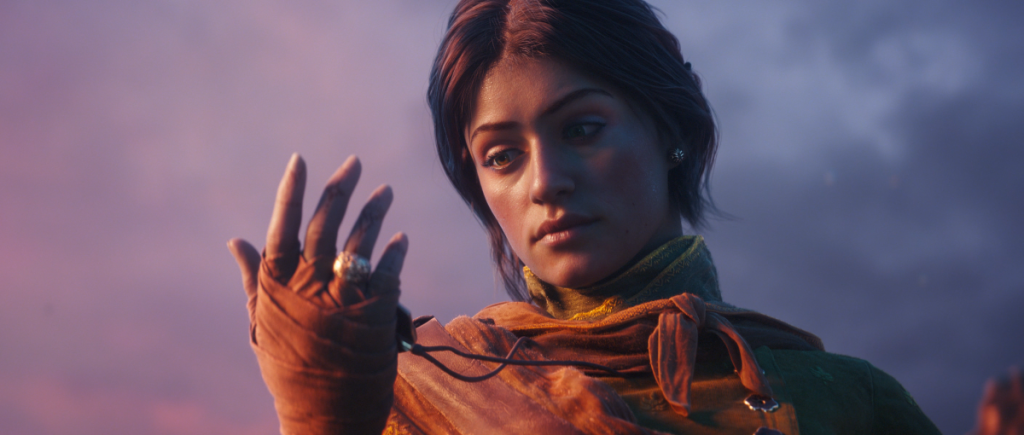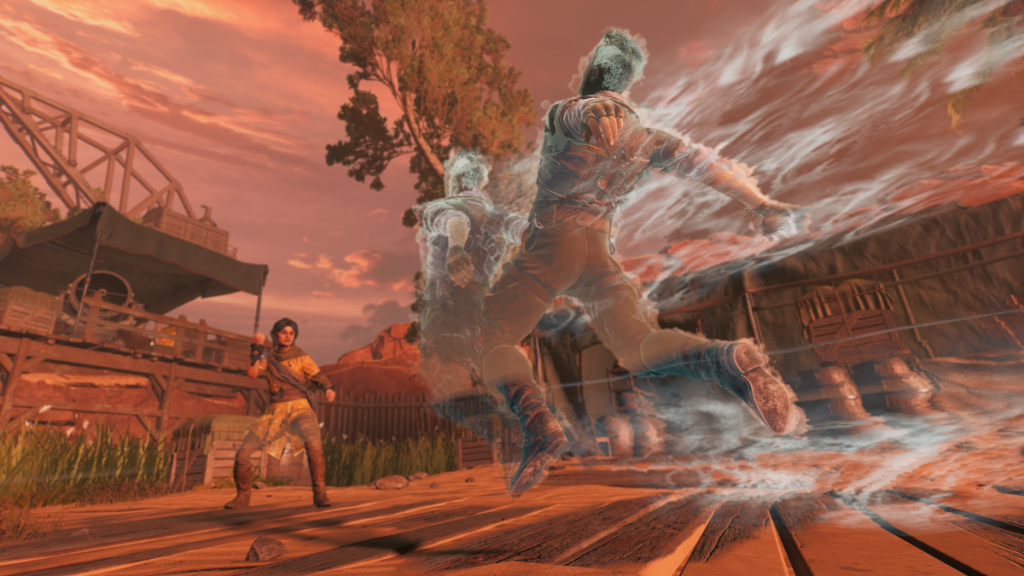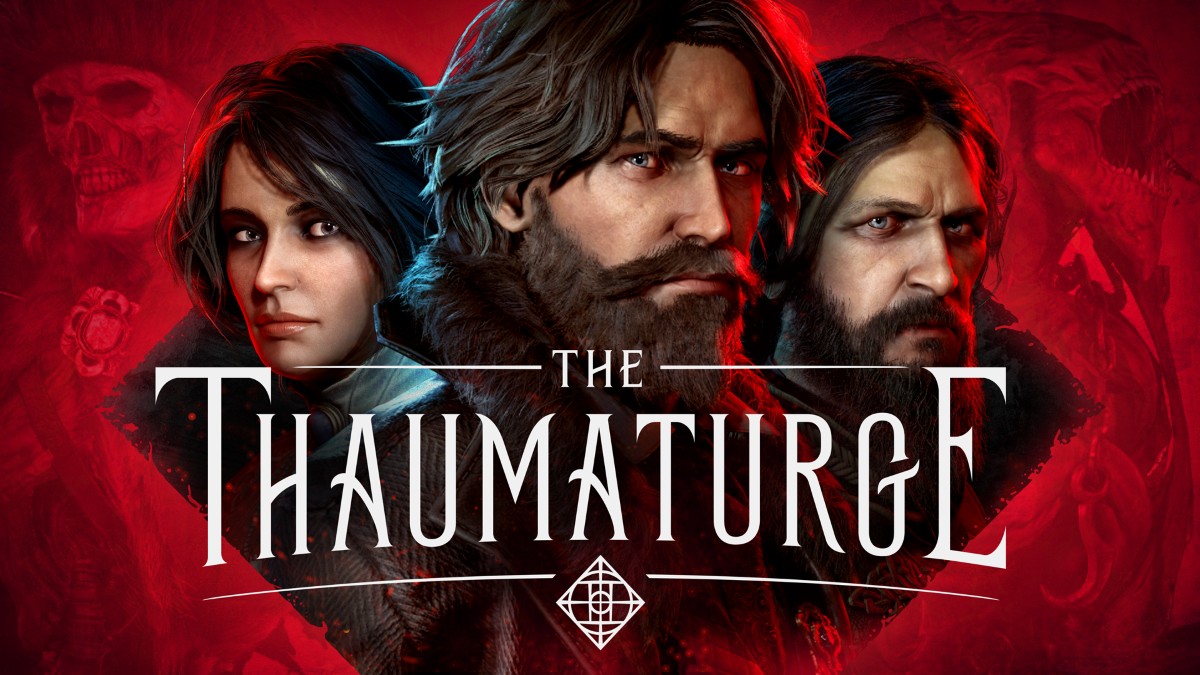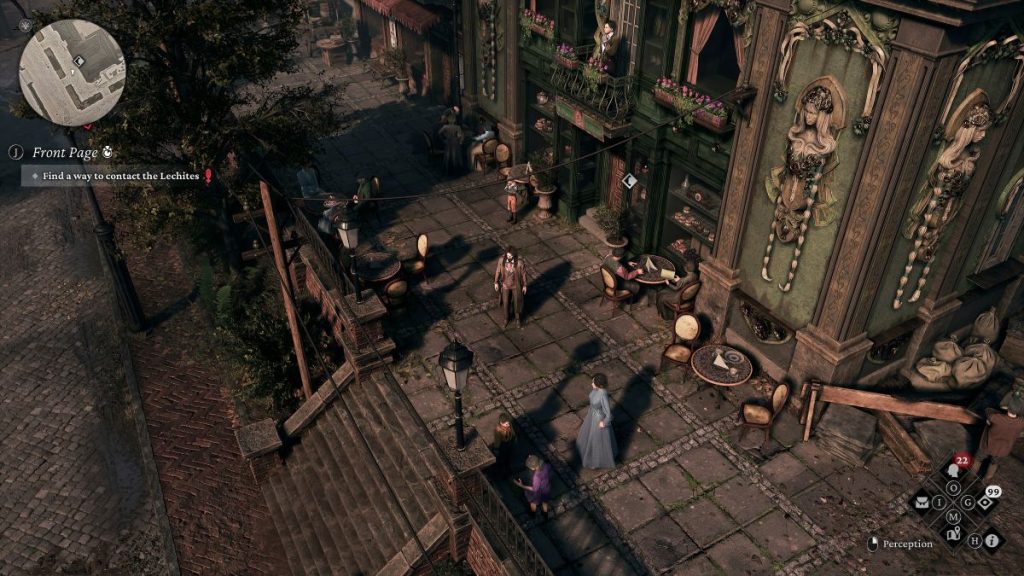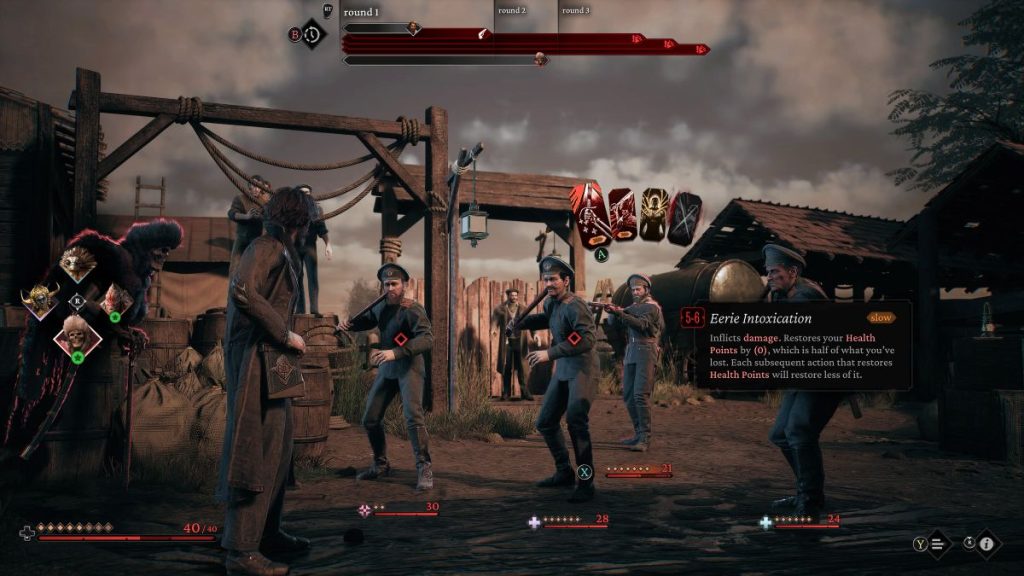Get ready to jack into a world of neon chrome, synthwave beats, and high-stakes tactical combat. Indie developer Shotgun Anaconda, in collaboration with publisher The Colab, has unveiled DeadWire, a tactical hacker-shooter poised to electrify the Steam platform later this year. Fresh off its showcase at Twitch’s inaugural Galaxies event, DeadWire promises a unique blend of fast-paced action and strategic environmental manipulation, all wrapped in a gritty cyberpunk aesthetic. Players are invited to step into the shoes of “Wire,” a special operative navigating a city where advanced technology barely conceals the rampant crime beneath.
The core premise, “Think fast, hack faster!”, sets the stage for a demanding experience where reflexes and strategic thinking are paramount. As Wire, players won’t just be shooting their way through objectives; they’ll be actively manipulating the digital and physical landscape to gain the upper hand. With a compelling narrative hook, deep hacking mechanics, and a challenging level structure, DeadWire aims to carve its niche within the action genre.
Deadwire on Steam: https://store.steampowered.com/app/2995100/DeadWire/
The World of DeadWire: Neon Dystopia and High Stakes
DeadWire plunges players into a meticulously crafted cyberpunk environment, characterized by stark contrasts and hidden dangers. The setting serves as more than just a backdrop; it’s an integral part of the gameplay loop, offering opportunities and threats in equal measure.

A City of Contrasts: Neon Veneer, Brutal Reality
The game depicts a sprawling metropolis bathed in the glow of neon lights and chrome surfaces, embodying the classic visual tropes of the cyberpunk genre. However, this dazzling facade barely masks the “brutal reality” of its “crime drenched streets.” This juxtaposition is central to the game’s atmosphere, suggesting a world where technological advancement coexists with social decay and pervasive danger. Players can expect to navigate environments ranging from sleek corporate HQs to gritty back alleys, each potentially hiding secrets, threats, and opportunities for tactical hacking.
The visual design aims to immerse players in this dystopian setting, where the bright lights often illuminate dark truths. The environment itself is poised to be a character, reflecting the themes of technological control, rebellion, and the moral ambiguities inherent in Wire’s mission. The emphasis on a “neon soaked dystopian city” suggests a world rich in lore and atmospheric storytelling, where every corner turned could reveal more about the societal breakdown and the powers that operate within the shadows.
The Operative Known as “Wire”
Players assume the role of “Wire,” identified only as a “special operative.” This designation implies a high level of skill in both combat and infiltration, likely involving advanced cybernetic enhancements or specialized hacking tools that allow for the seamless integration of physical action and digital warfare. Wire’s mission isn’t just about completing objectives; it’s deeply personal, revolving around the need to “Save your Mentor.” This narrative element introduces a driving motivation beyond mere survival or contract completion.
The plot hints at unraveling a “dark web of deceit and treachery,” suggesting that Wire will become entangled in conspiracies that reach the highest echelons or deepest underbellies of this dystopian society. This quest promises not only intense action sequences but also moments of investigation and revelation as players piece together the truth behind their mentor’s predicament and the larger forces at play. The journey through the city’s treacherous landscape will likely test Wire’s loyalty, skills, and perhaps even their humanity.
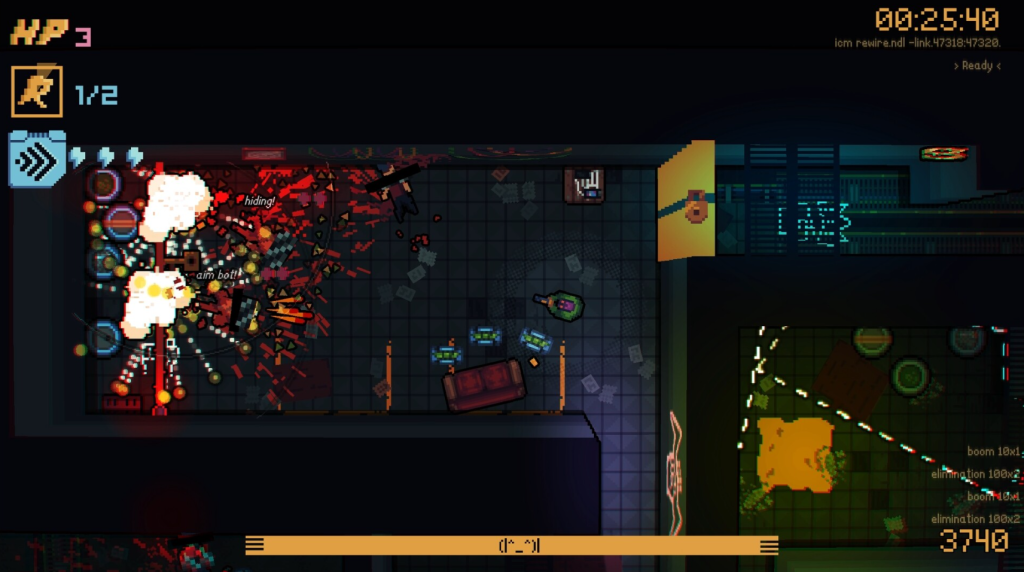
Gameplay Mechanics: Hacking the System and Unleashing Chaos
DeadWire‘s gameplay is built upon a foundation of interconnected systems: hacking, shooting, and environmental interaction. Success hinges on the player’s ability to fluidly combine these elements under pressure.
Chain Reaction Carnage: The Art of Rewiring
This is arguably DeadWire‘s most distinctive feature. “Chain Reaction Carnage” empowers players to “hack your enemies and the wider environment to daisy-chain destruction.” The term “rewire” suggests a deeper level of manipulation than simple on/off hacking. Players might be able to alter enemy targeting systems, causing them to attack each other, or overload their cybernetics, triggering debilitating effects or even localized explosions that harm nearby hostiles. This mechanic transforms enemies from mere targets into potential links in a devastating chain reaction.
Furthermore, extending this rewiring capability to the environment opens up vast tactical possibilities. Imagine hacking a power conduit to overload connected security systems across a room, disabling turrets, cameras, and door locks simultaneously. Alternatively, players could potentially “rewire” environmental hazards – like electrical panels or industrial machinery – turning the level itself into a weapon against unsuspecting foes. Mastering this system will involve identifying hackable nodes, understanding their connections, and triggering sequences for maximum destructive efficiency, turning complex enemy encounters into satisfying displays of tactical ingenuity.
High-Octane Combat and Tactical Movement
While hacking is central, DeadWire doesn’t skimp on direct confrontation. The game features “High-Octane Combat” that emphasizes speed and agility. Players need to “Move fast, shoot,” suggesting a dynamic combat system where mobility is key to survival. Whether this involves slides, dashes, or other advanced movement techniques remains to be seen, but the focus is clearly on avoiding damage while positioning effectively for attacks.
The inclusion of “power-ups” adds another layer to the combat loop. These could range from temporary weapon enhancements (increased damage, special ammo types) to defensive boosts (shields, invisibility) or even advanced hacking capabilities (faster hacking speeds, new rewire options). The synergy between fast movement, precise shooting, and strategic power-up usage will be crucial for overcoming the increasingly difficult challenges the game throws at the player, reinforcing the “think fast” component of the core gameplay loop.
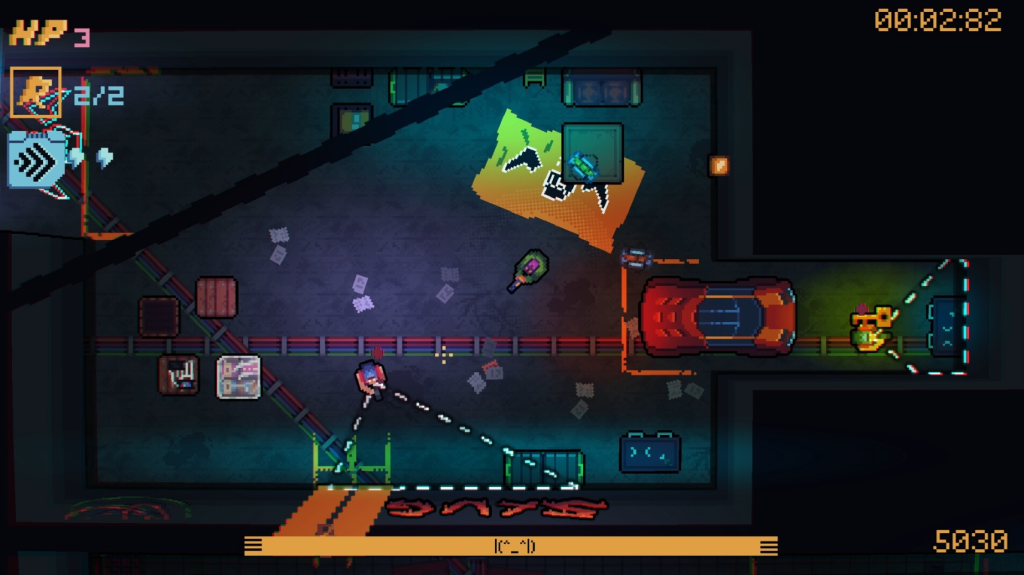
Environmental Warfare
Building upon the Chain Reaction Carnage mechanic, DeadWire explicitly highlights “Environmental Hacks.” This system allows players to “Use the environment against your enemies” for purposes beyond direct damage chains. The key verbs here are “Distract and destroy.” Players can leverage hackable elements within the levels to manipulate enemy AI and create tactical openings.
Examples could include hacking large display screens to show distracting visuals, triggering loud alarms in adjacent areas to draw patrols away, or remotely activating machinery to create noise cover for stealthy movement. On the destructive side, players might hack unsecured cranes to drop heavy loads, overload gas pipes to cause explosions, or activate fire suppression systems to create temporary visual cover or disorient enemies. Effectively utilizing these environmental interactions will be vital for controlling the battlefield, bypassing heavily guarded sections, and achieving objectives with finesse rather than brute force alone.
Content, Presentation, and Release
DeadWire aims to provide a substantial experience, combining a significant number of levels with a distinct audio-visual presentation and clear plans for release and community engagement.
A Gauntlet of Challenges: 40 Levels of Mayhem
DeadWire promises a considerable amount of content with “40 levels of ever increasing difficulty.” Initial reports mentioned 30+, but the confirmed figure of 40 suggests a robust campaign structure. This increasing difficulty curve will likely introduce new enemy types with advanced capabilities, more complex level layouts requiring intricate hacking solutions, and boss encounters that test all of the player’s acquired skills. The gradual escalation ensures that players must continually adapt their strategies and master the core mechanics.
For those eager to sample the experience early, a demo featuring 5 levels is planned (or perhaps was available during the Twitch event). This provides a taste of the core gameplay loop – hacking, shooting, and environmental manipulation – and allows players to gauge the game’s demanding nature. This structured progression through numerous distinct levels ensures a lengthy single-player experience focused on skill development and strategic problem-solving within the dystopian world.
Soundscape of Rebellion: The Epic Synthwave Soundtrack
Complementing the cyberpunk visuals is an “Epic Synthwave Soundtrack.” This musical choice is synonymous with the genre, perfectly evoking a “world of tech and rebellion.” Synthwave music, with its pulsating rhythms, retro-futuristic melodies, and often melancholic undertones, is ideally suited to enhance both the high-octane action sequences and the atmospheric exploration of the neon-drenched city.
The soundtrack aims to make players “lose yourself in the cyberpunk soundscape.” It will likely serve multiple functions: driving the pace during intense combat encounters, building tension during infiltration sequences, and underscoring the emotional weight of the narrative moments involving Wire and their mentor. A well-implemented synthwave score can significantly elevate the immersion, making the world feel more alive and the action more impactful, truly capturing the rebellious spirit often associated with cyberpunk narratives.
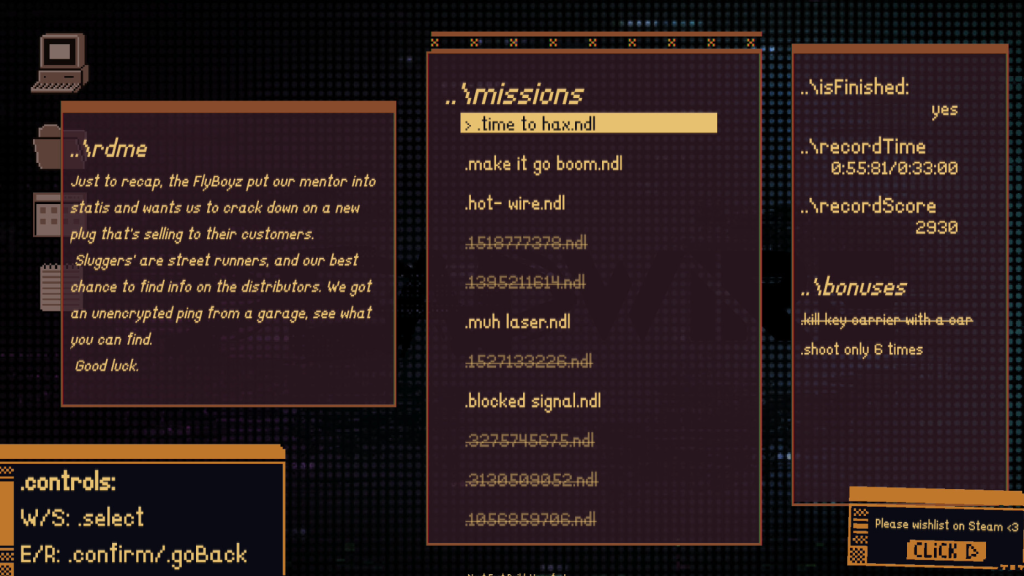
Release and Availability
DeadWire is scheduled to launch on Steam “later this year” (referring to the year the announcement was made). Developed by Shotgun Anaconda and published by the indie specialists at The Colab, the game is targeting the PC platform initially. Prospective players are encouraged to wishlist the game on Steam to stay updated on its progress and release date.
Furthermore, the developers are fostering a community around the game, inviting players to join the official Discord server. This platform will likely serve as a hub for news, discussions, feedback, and direct interaction with the development team. For press and content creators, the team has indicated that preview and review builds will be made available, offering an early look at the tactical hacker-shooter experience. This proactive approach to community building and media outreach suggests confidence in the product and a desire to engage with the player base leading up to launch.
Mature Content Advisory
It’s important for potential players to be aware of the game’s mature themes. The developers explicitly state that DeadWire “Includes fictional drugs, violence and blood.” This advisory sets expectations for a gritty and intense experience, consistent with the dark undertones of its cyberpunk setting and narrative.
The presence of fictional drugs might play into the world-building or even gameplay mechanics, while the violence and blood warnings clearly indicate that the combat will be visceral and impactful. Players should anticipate intense firefights, potentially graphic consequences of hacking mishaps or successful enemy takedowns, reflecting the brutal reality underlying the city’s neon facade. This transparency allows players to make an informed decision based on their comfort levels with such content.
Summary: Prepare to Hack the Future
In conclusion, DeadWire is shaping up to be a compelling entry into the cyberpunk action genre. Developed by Shotgun Anaconda and published by The Colab, this tactical hacker-shooter combines fast-paced combat, intricate hacking mechanics via its unique “Chain Reaction Carnage” system, and strategic environmental manipulation. Set in a visually striking neon-drenched dystopian city, players take on the role of Wire, a special operative on a personal mission fraught with deceit and danger. With 40 challenging levels, an evocative synthwave soundtrack, and a clear focus on blending reflex-based action with thoughtful tactical play, DeadWire promises a demanding and immersive experience. As its Steam launch approaches later this year, interested players should keep an eye out for further updates, consider wishlisting the game, and prepare to hack, shoot, and rewire their way through a world of futuristic mayhem.
